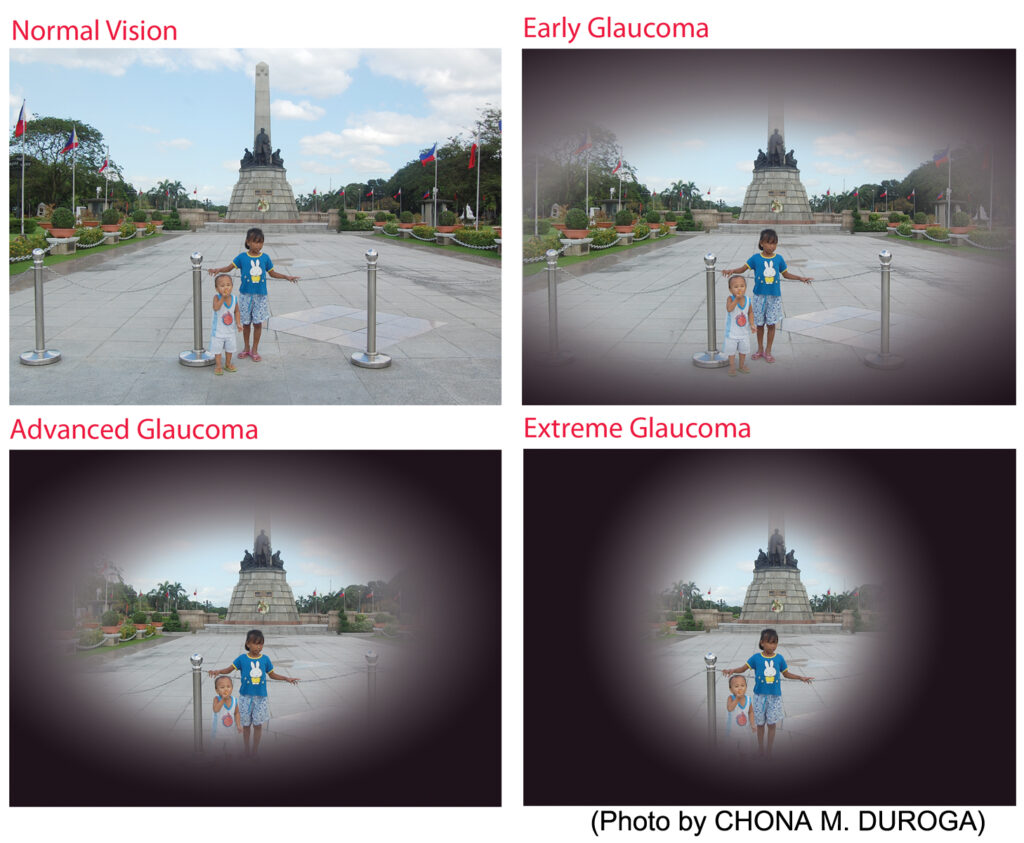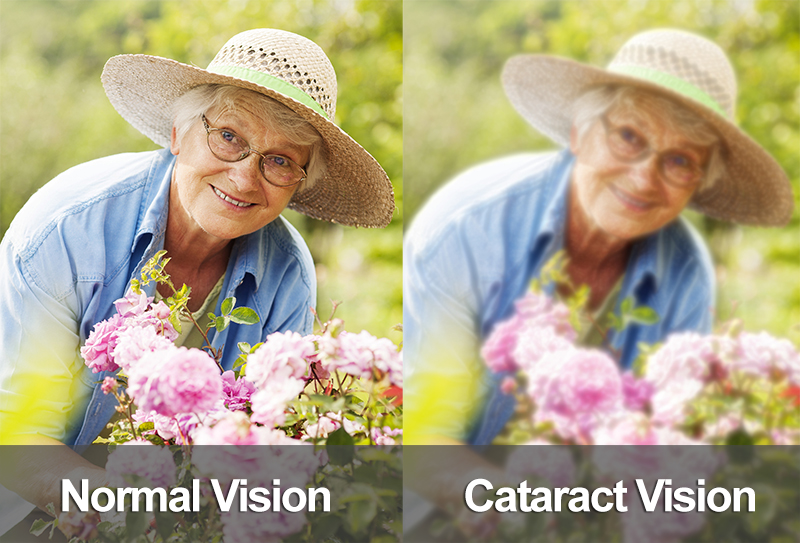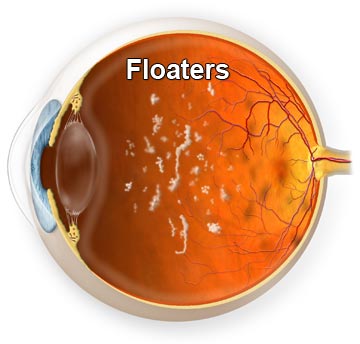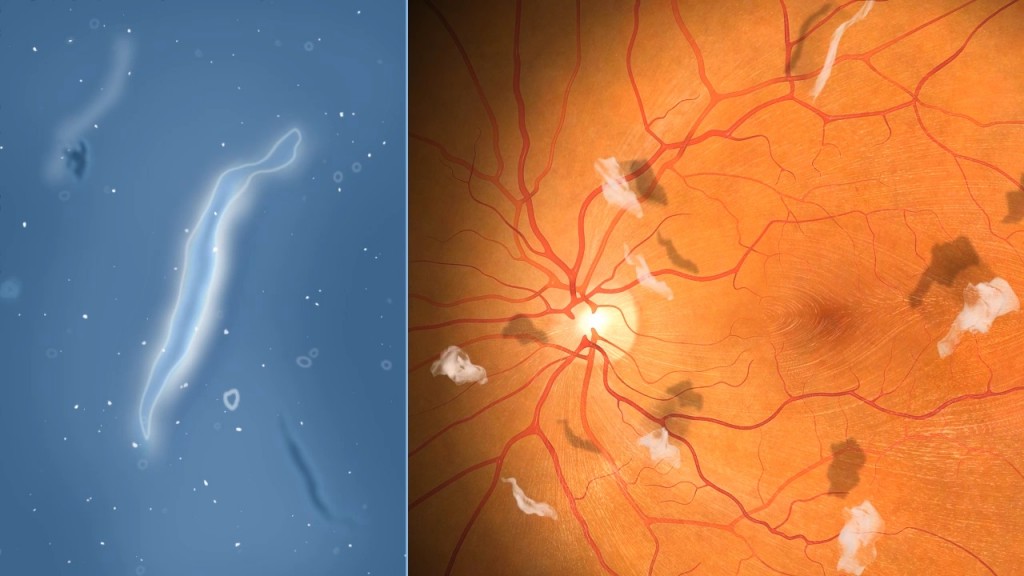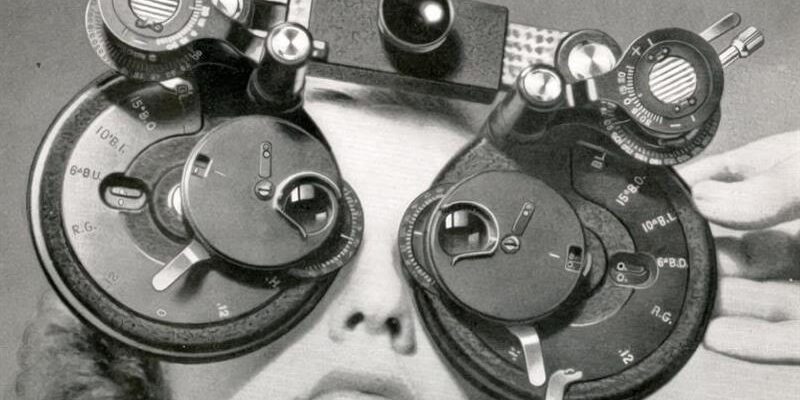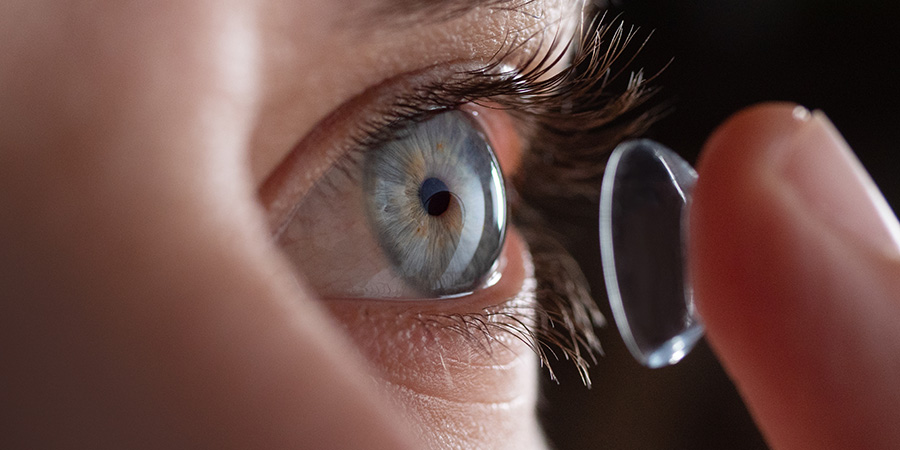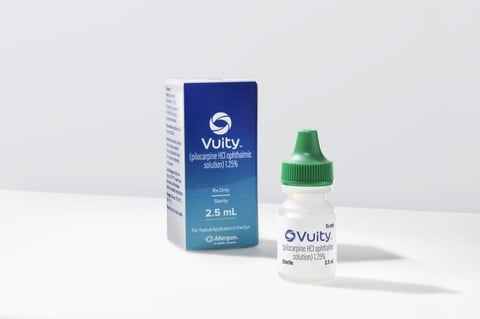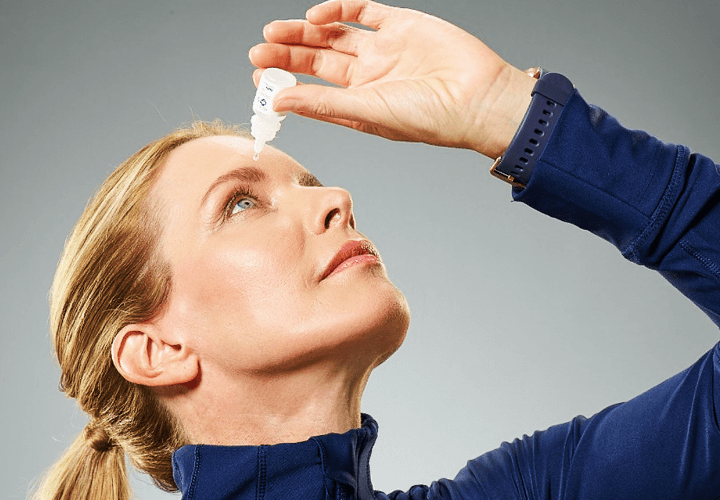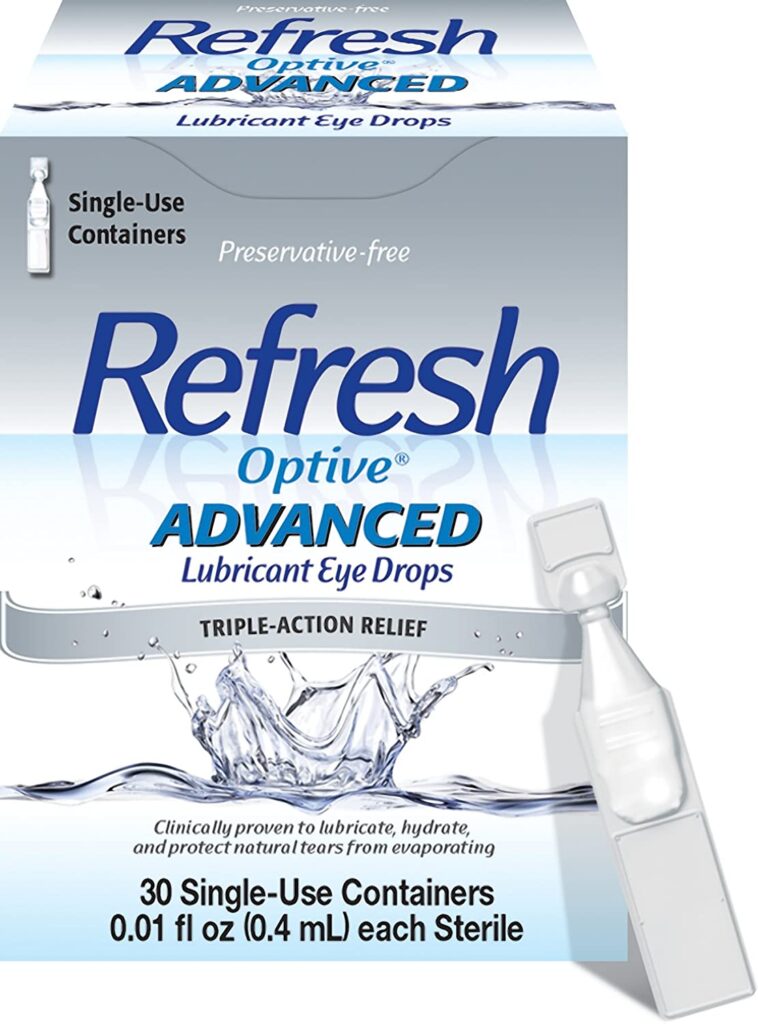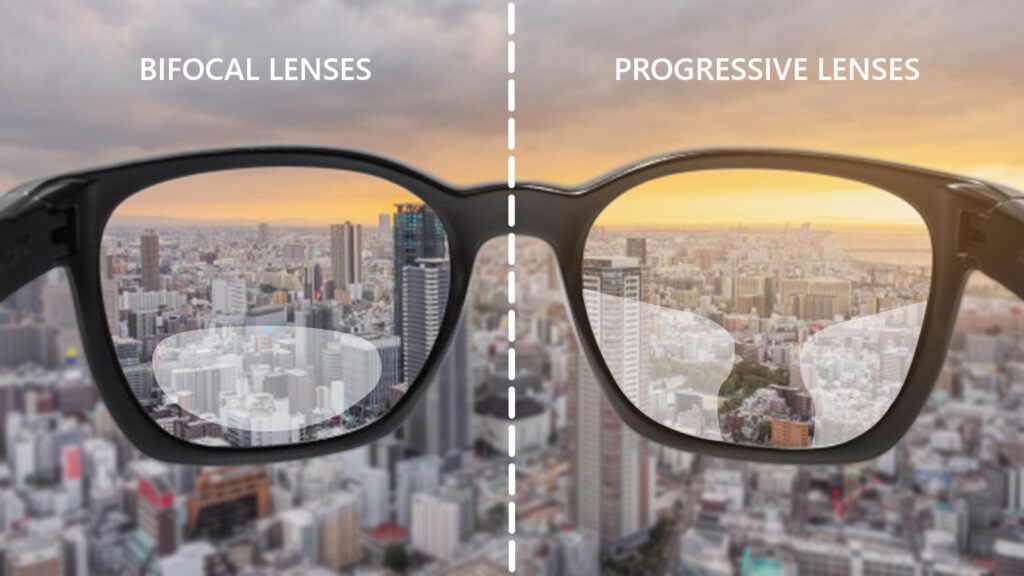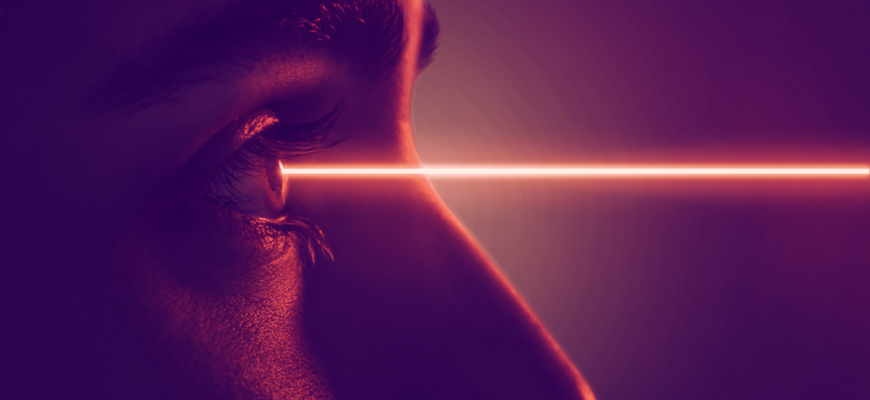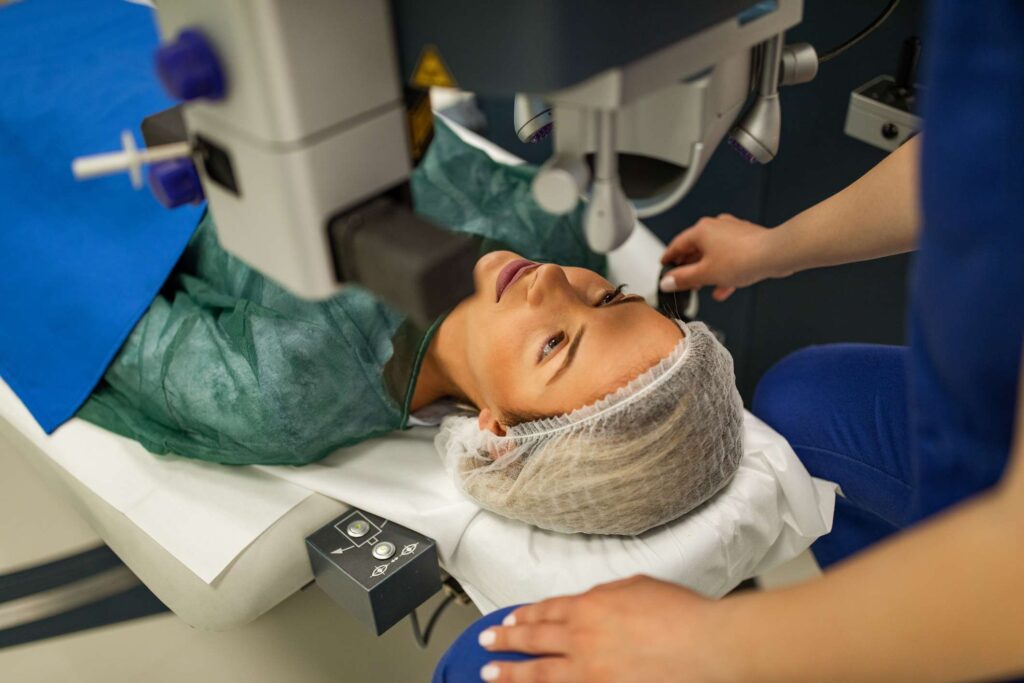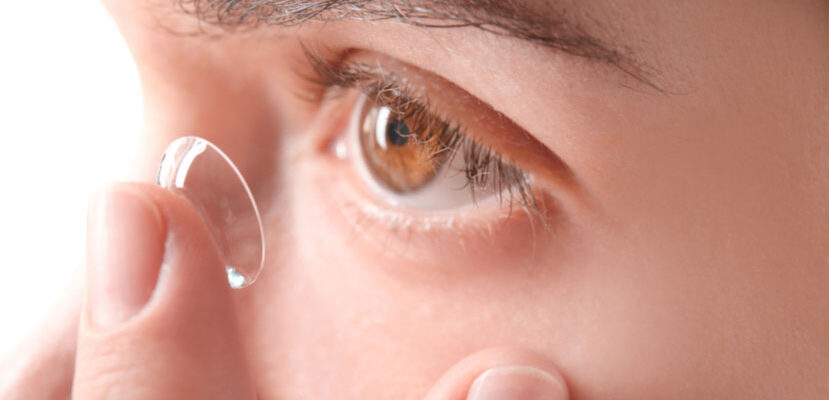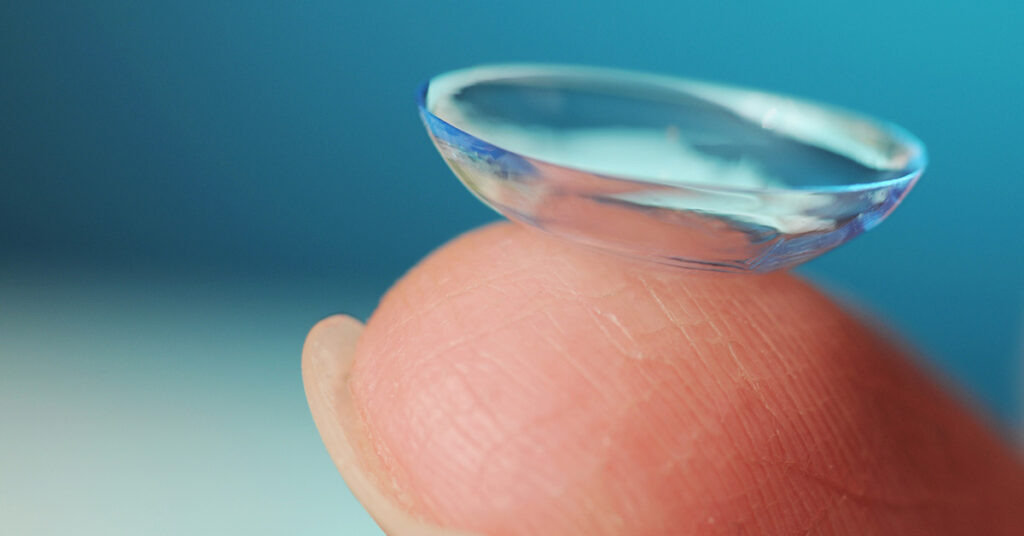Let me tell you about my recent LASIK experience. Growing up, I always needed some form of vision correction. As a child, I only wore glasses when I was sat in the back of the classroom. As I got older, I became more dependent on my glasses and contact lenses – to the point where I had to wear them 24/7.
As much as I appreciated that my glasses and contacts helped me see clearly, they always felt like a nuisance to me. Whether it be losing a contact lens while on vacation, or having my glasses fog up from wearing a mask, I started to grow a love-hate relationship with my glasses and contacts. This all changed when I got SMILE, which is a procedure similar to LASIK!
SMILE (Small Incision Lenticule Extraction) is a refractive surgery procedure, similar to LASIK (Laser-Assisted In Situ Keratomileusis). Both of these are procedures that reshape your cornea, which is the front part of your eye, so that you may see clearly. Check out this chart that briefly describes the difference between the two:
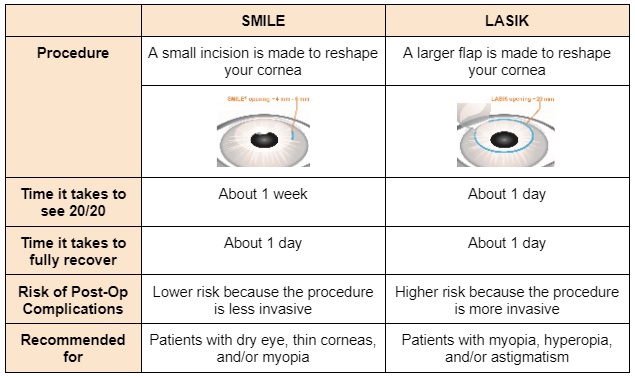
Here’s how my SMILE experience went…
Preparing for My Pre-Op Appointment:
I had to be out of my contact lenses for a week in order to allow the front part of my eye to return to its natural state. This allows for the optometrist to get the most accurate measurements of my eyes at the pre-op appointment.
Pre-Op Appointment:
At my pre-op appointment, the optometrists took some scans of my eye, checked my refractive error, and evaluated the health of the front and back parts of my eye. All of this was done to make sure that I was a good candidate for either SMILE or LASIK. In total, this exam took about 2 hours. I had to get dilated at the exam, which meant that my eyes would be more light sensitive and items close to me would appear blurry for about 4 hours.
Preparing for the Procedure:
Starting one week before my procedure, I had to put preservative-free artificial tears into my eyes four times a day. In addition, I had to eat 2000 mg of Omega 3 pills. Both of these were done to promote the stability of my tear film, which makes the procedure go more smoothly. Starting one day before my procedure, I had to put an antibiotic-steroid eyedrop into my eyes four times a day. This is done to clean the my eye and reduce the risk of inflammation and post-op complications.
Procedure:
I got my procedure done about 1 week after my pre-op appointment. Before getting the procedure done, everything that performed the pre-op was repeated, just to ensure that my eyes would be eligible to have the procedure completed. After signing some consent forms, I was given a small dosage of Xanax before entering into the operating room. The ophthalmologist put in some drops to numb my eye before completing the procedure. In total, it took about 3-5 minutes to complete both of my eyes. Going into the procedure, I felt super anxious (naturally, I’m the type of person who thinks of all the worst case scenarios possible), but it ended up being super quick and painless!
Post-Op:
Once the procedure was completed, my fiancé walked me to his car and drove me home. I knocked out for about 16 hours. It is recommended to get as much sleep as you may get after the procedure in order to promote your eyes’ ability to heal from the surgery. When I woke up the next morning, I was able to see so clearly! I panicked for a second because I thought I slept in my contact lenses. After getting ready, I went back to complete my 1-day post-op appointment, which serves to make sure that no complications happened following the surgery. By this point, I was able to see 20/25 in both eyes. After a week, I was able to see 20/20 in both eyes. After a month, I have been able to see 20/15 (which is better than 20/20) in both eyes.
With that said, I definitely do not regret getting SMILE/LASIK done! In fact, I wish I had it done sooner! If you are interested in getting SMILE or LASIK done, we do offer free consultation appointments at Bright Vision Optometry. We would love to be a part of your SMILE/LASIK journey! 👀


